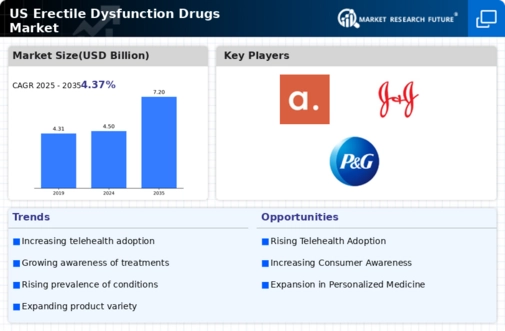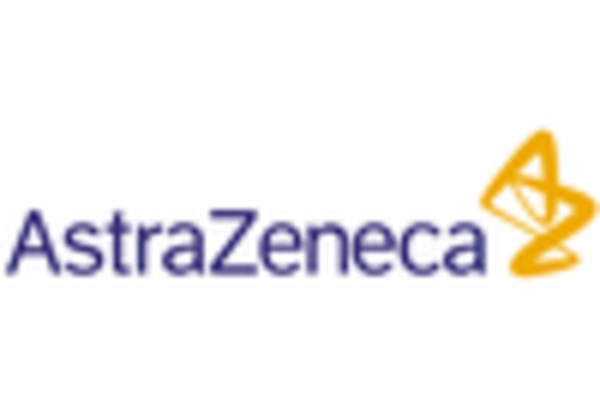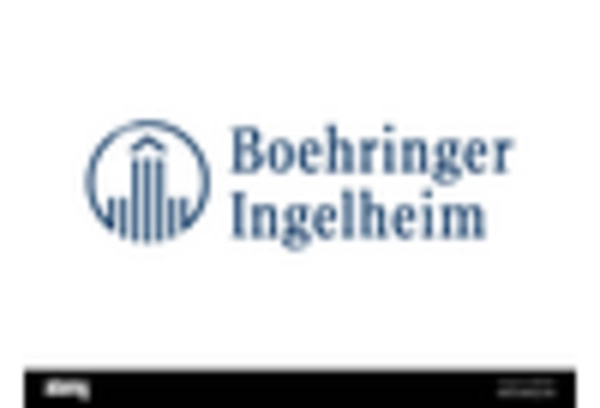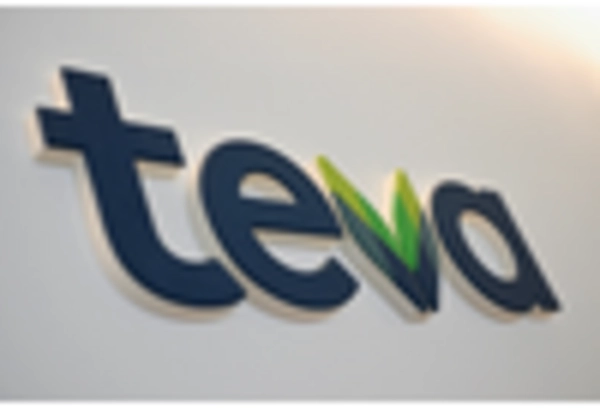Growing Focus on Men's Health
The growing focus on men's health is increasingly influencing the erectile dysfunction-drugs market. There is a rising recognition of the importance of addressing men's health issues, including sexual health, which has historically been overlooked. Initiatives aimed at promoting men's health awareness are gaining traction, leading to more discussions about erectile dysfunction and its impact on quality of life. This cultural shift is encouraging men to prioritize their health and seek treatment options. As a result, the erectile dysfunction-drugs market is expected to benefit from a larger patient base actively seeking solutions. Furthermore, healthcare providers are becoming more attuned to the needs of male patients, which may lead to more tailored treatment approaches and increased prescriptions.
Rising Awareness and Education
There is a notable increase in awareness and education surrounding erectile dysfunction, which significantly impacts the erectile dysfunction-drugs market. Campaigns aimed at destigmatizing the condition have led to more men seeking help and treatment options. Surveys indicate that nearly 70% of men are now more willing to discuss erectile dysfunction with healthcare professionals compared to previous years. This shift in attitude is likely to drive market growth as more individuals become informed about available treatments. Additionally, healthcare providers are increasingly proactive in discussing sexual health with patients, further encouraging those affected to seek medical advice. As awareness continues to rise, the erectile dysfunction-drugs market is expected to benefit from an influx of new patients seeking effective solutions.
Advancements in Pharmaceutical Research
Advancements in pharmaceutical research are propelling the erectile dysfunction-drugs market forward. The development of new medications, including those that target specific pathways involved in erectile function, is expanding treatment options for patients. Recent innovations have led to the introduction of drugs with improved efficacy and fewer side effects, which are likely to enhance patient compliance. The market is witnessing a surge in clinical trials aimed at evaluating novel compounds, with some studies indicating that new treatments could potentially offer faster onset of action and longer-lasting effects. As these advancements continue to emerge, they are expected to attract both healthcare providers and patients, thereby stimulating growth in the erectile dysfunction-drugs market.
Increased Access to Healthcare Services
Increased access to healthcare services is a significant driver of the erectile dysfunction-drugs market. The expansion of insurance coverage and the availability of various healthcare plans have made it easier for patients to seek treatment for erectile dysfunction. Additionally, the rise of telehealth services has further facilitated access, allowing patients to consult with healthcare providers from the comfort of their homes. This trend is particularly beneficial for those who may feel embarrassed about discussing sexual health issues in person. As more patients gain access to healthcare services, the erectile dysfunction-drugs market is likely to experience a corresponding increase in demand for medications, as individuals are more inclined to seek help for their conditions.
Aging Population and Increased Incidence
The aging population in the US is a primary driver for the erectile dysfunction-drugs market. As men age, the likelihood of experiencing erectile dysfunction increases, with studies indicating that approximately 50% of men aged 40 and older may experience some form of this condition. This demographic shift is expected to continue, leading to a growing demand for effective treatments. The erectile dysfunction-drugs market is projected to expand as healthcare providers increasingly recognize the need for addressing this issue among older patients. Furthermore, the prevalence of comorbidities such as diabetes and cardiovascular diseases, which are more common in older adults, further contributes to the incidence of erectile dysfunction. Consequently, the market is likely to see a rise in the development and prescription of medications tailored to this demographic.

















Leave a Comment